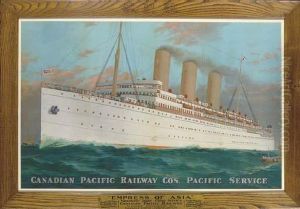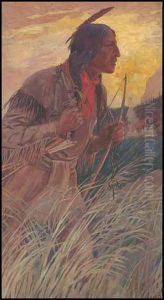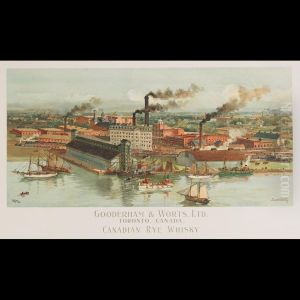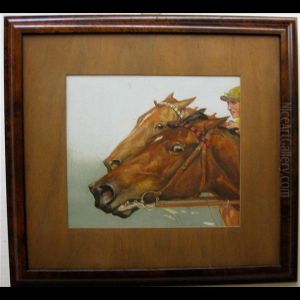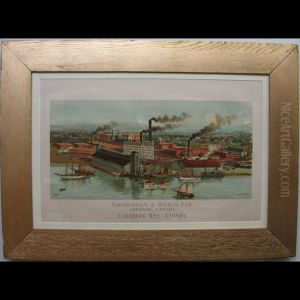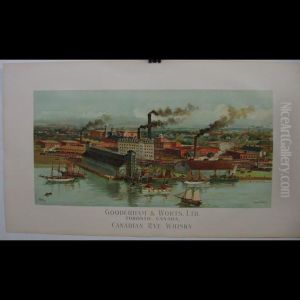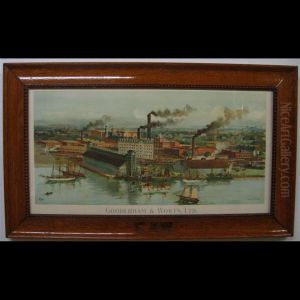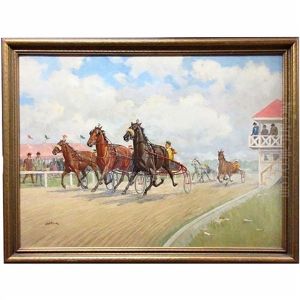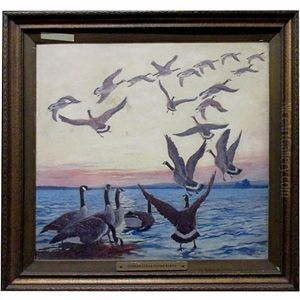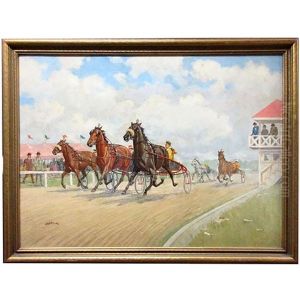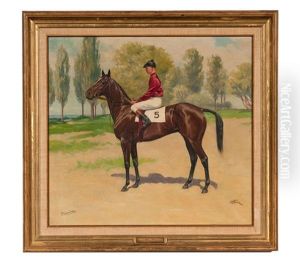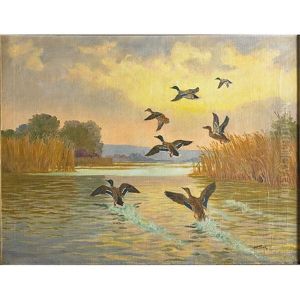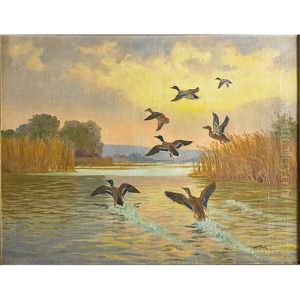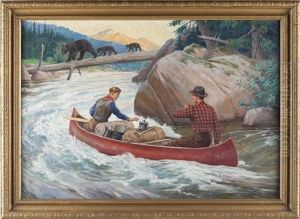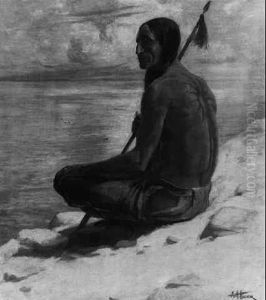Arthur H. Hider Paintings
Arthur Henry Howard Hider, born in 1870 in Toronto, Canada, emerged as a significant figure in Canadian art, particularly noted for his landscapes, illustrations, and his prolific work in postcard design. His artistic journey began in his childhood, influenced by his father who was an artist and photographer. This early exposure to the creative world shaped Hider's career path, leading him to pursue formal education in art. He studied at the Ontario College of Art, where he honed his skills and developed his distinctive style.
Hider's work often depicted the Canadian landscape, capturing the majestic beauty of its wilderness with a particular focus on the Rocky Mountains and scenes of rural Canada. His approach to landscape painting was influenced by the prevalent artistic movements of his time, yet he maintained a unique perspective that celebrated the Canadian spirit. Beyond his landscapes, Hider was also renowned for his illustration work, contributing to various publications and projects that showcased his versatility as an artist.
One of Hider's most enduring legacies is his contribution to the design of postcards, a popular medium in the early 20th century. He created a series of postcards featuring Canadian scenery, which played a significant role in shaping the visual identity of Canada to both nationals and foreigners. These postcards were not only artistic expressions but also served as promotional materials that highlighted the beauty and diversity of Canadian landscapes.
Arthur H. Hider's career spanned several decades, during which he witnessed and contributed to the evolution of the Canadian art scene. Despite the changing artistic trends over the years, Hider remained committed to his vision, capturing the essence of Canada through his art. He passed away in 1952, leaving behind a body of work that continues to be celebrated for its contribution to Canadian heritage and culture. Hider's legacy is preserved in collections across the country, including museums and galleries that recognize his role in the development of Canadian art.
